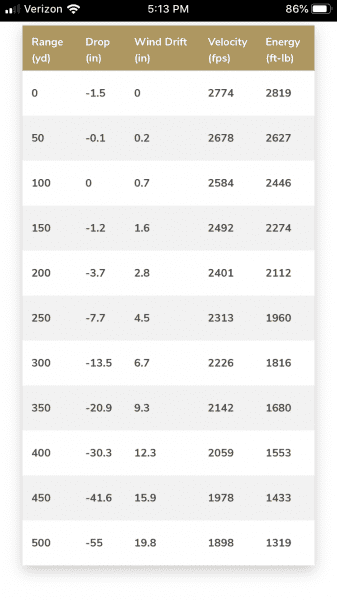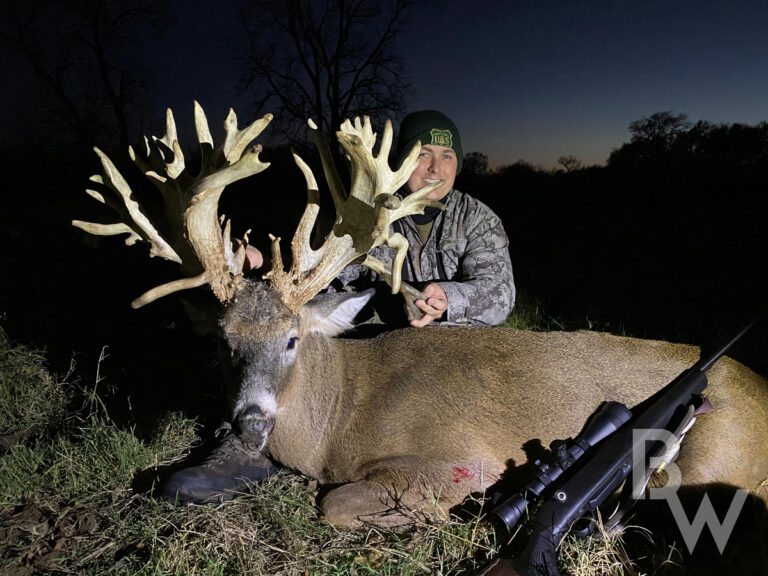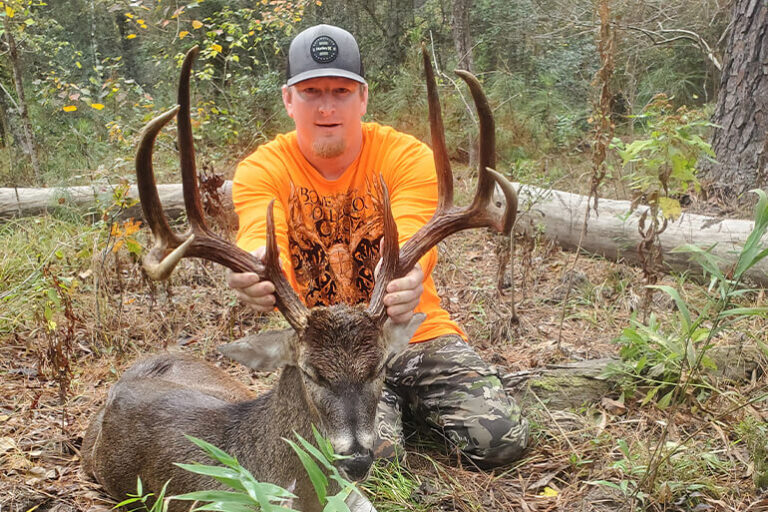30-06 Ballistics Chart 100 Yard Zero: Precision Shooting Guide
Understanding the ballistics of a 30-06 at a 100-yard zero is crucial. It provides insight into the bullet’s behavior and performance.
A 30-06 ballistics chart for a 100-yard zero can be an essential tool for hunters and shooters. This chart helps you understand how your bullet travels and impacts the target. Knowing these details can improve your accuracy and confidence in the field.
Whether you are hunting deer or target shooting, this information is valuable. It allows you to make informed decisions about your ammunition and shooting techniques. In this post, we will explore the key aspects of the 30-06 ballistics chart for a 100-yard zero. You will gain a clearer understanding of how this data can enhance your shooting experience.
Introduction To 30-06 Ballistics
The 30-06 Springfield is a popular rifle cartridge. Understanding its ballistics can improve your shooting accuracy. The 30-06 ballistics chart, particularly at a 100-yard zero, is a valuable tool.
History And Development
The 30-06 Springfield was introduced in 1906. The U.S. military developed it. The name ’30’ refers to the caliber, and ’06’ to the year it was created. Over time, it became a favorite among hunters and marksmen. Its design improved over the years, enhancing its performance.
Popular Uses
The 30-06 cartridge is versatile. Hunters use it for deer, elk, and other big game. It’s also popular in competitive shooting. Its power and accuracy make it reliable. Many military snipers have also favored this cartridge. Its consistency and effectiveness are well-known.
Basics Of Ballistics
The basics of ballistics are crucial for understanding how a bullet behaves after being fired. Ballistics involves the study of a projectile’s flight path. This includes its speed, trajectory, and impact. Knowing these basics helps shooters make accurate shots. Let’s dive into the key aspects of ballistics.
Ballistic Coefficient
The ballistic coefficient (BC) measures how well a bullet overcomes air resistance. A higher BC means the bullet retains velocity better. It also maintains a flatter trajectory. Factors affecting BC include the bullet’s shape, weight, and diameter.
Here’s a simple table to understand different BC values:
| Bullet Type | Ballistic Coefficient |
|---|---|
| FMJ (Full Metal Jacket) | 0.45 |
| HP (Hollow Point) | 0.35 |
| SP (Soft Point) | 0.38 |
Trajectory
The trajectory is the path a bullet takes after leaving the barrel. It is affected by gravity, air resistance, and wind. For a 30-06 cartridge with a 100-yard zero, the bullet drops more as the range increases.
Here is a simplified bullet trajectory for a 30-06 with a 100-yard zero:
- 100 yards: Zero
- 200 yards: -3 inches
- 300 yards: -12 inches
- 400 yards: -27 inches
Understanding the trajectory helps shooters compensate for bullet drop. This ensures more accurate shots at various distances.
Setting Up A 100 Yard Zero
When zeroing a rifle at 100 yards, it is crucial to select the right ammunition and understand sight adjustment techniques for optimal performance.
Choosing The Right Ammunition
- Use quality ammunition for consistent results.
- Consider bullet weight and type for desired ballistics.
- Ensure proper cartridge dimensions for your rifle.
Sight Adjustment Techniques
- Begin by mounting the rifle scope securely.
- Adjust windage and elevation according to manufacturer instructions.
- Fire a group of shots and make precise adjustments for accuracy.
Analyzing The Ballistics Chart
Analyzing the ballistics chart for the 30-06 with a 100-yard zero can provide valuable insights. This data helps in understanding the bullet’s behavior at various distances. The analysis is crucial for hunters, sport shooters, and anyone interested in precision shooting.
Understanding The Data
The ballistics chart typically shows bullet drop, drift, and velocity at different ranges. These elements are key to accurate shooting. Let’s break down each component:
- Bullet Drop: The vertical distance the bullet falls due to gravity.
- Drift: The horizontal movement caused by wind.
- Velocity: The speed of the bullet at different distances.
Here is a simplified table showing these variables at different ranges:
| Range (yards) | Bullet Drop (inches) | Drift (inches) | Velocity (fps) |
|---|---|---|---|
| 100 | 0 | 0 | 2800 |
| 200 | -3.5 | 2.5 | 2600 |
| 300 | -12 | 7.5 | 2400 |
Interpreting Drop And Drift
To shoot accurately, understanding bullet drop and drift is essential. At 100 yards, there is zero drop and drift. This means the bullet hits exactly where aimed. At 200 yards, the bullet drops about 3.5 inches. This requires aiming higher to compensate. Similarly, wind causes the bullet to drift 2.5 inches. Adjust the aim to counter this effect.
At 300 yards, the bullet drop increases significantly. It falls around 12 inches. Wind drift also increases to 7.5 inches. Shooters must adjust their aim both vertically and horizontally. Knowing these adjustments ensures better accuracy.
Understanding these factors helps in making accurate shots. It turns data into practical knowledge for real-world scenarios.
Factors Affecting Accuracy
The 30-06 ballistics chart with a 100-yard zero is a valuable tool. To achieve optimal accuracy, several key factors come into play. Understanding these factors can help improve your shooting precision. Let’s delve into some of these critical aspects.
Environmental Conditions
Environmental conditions can greatly impact the accuracy of your shot. Wind is a major factor. Even a slight breeze can alter the bullet’s path. Temperature also affects performance. Colder air is denser, which can slow the bullet. Humidity levels play a role too. Moist air can change the bullet’s trajectory. Altitude is another consideration. Higher elevations have thinner air, causing bullets to fly faster. Always account for these variables.
Rifle Maintenance
Rifle maintenance is crucial for consistent accuracy. A clean barrel ensures better performance. Residue buildup can affect the bullet’s flight. Regularly check the scope alignment. Misaligned scopes can throw off your aim. Ensure all screws are tight. Loose components can cause inaccuracies. Proper lubrication of moving parts is essential. It prevents wear and tear. Always store your rifle in a dry place. Moisture can lead to rust and damage.
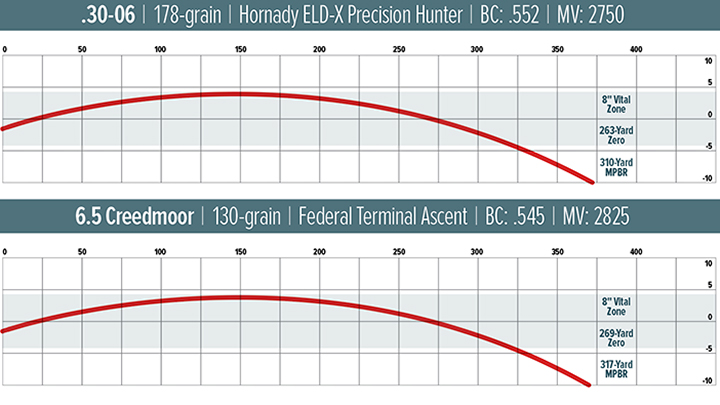
Credit: www.americanhunter.org
Advanced Shooting Techniques
Advanced shooting techniques can make a significant difference in your accuracy and success. Understanding these techniques is essential for improving your shooting skills. This section explores how to read the wind and estimate range for a 30-06 ballistics chart with a 100-yard zero.
Wind Reading
Reading the wind is crucial for accurate shooting. The wind can affect the bullet’s path significantly. Here are some tips to help you read the wind:
- Observe the environment: Look at trees, grass, and dust to gauge wind direction and speed.
- Use wind flags: Set up wind flags at different distances to see how the wind changes.
- Feel the wind: Use your face or a wind meter to sense the wind’s strength.
Understanding the wind’s effect on your bullet is essential. A strong crosswind can push your bullet off course. Adjust your aim accordingly to compensate for the wind.
Range Estimation
Estimating the range to your target is another vital skill. It helps you determine how much to adjust your aim. Here are some methods for estimating range:
- Use a rangefinder: A laser rangefinder gives you an accurate distance reading.
- Estimate with known objects: Use objects of known size to estimate distance.
- Practice and experience: Regular practice improves your ability to judge distances accurately.
Knowing the range allows you to adjust your scope or holdover points. This ensures that your bullet hits the target accurately. Practice these techniques to enhance your shooting precision.
Practical Applications
The 30-06 ballistics chart with a 100-yard zero serves as an invaluable tool for shooters. Understanding its practical applications can improve your shooting experience. Below, we explore how this data benefits hunters and competitive shooters.
Hunting
For hunters, the 30-06 ballistics chart is essential. A 100-yard zero provides a reliable reference point. It simplifies aiming at various distances.
- Medium to large game: The 30-06 cartridge is perfect for deer, elk, and moose.
- Flat trajectory: A 100-yard zero helps in predicting bullet drop.
- Effective range: Accurate shots up to 300 yards are achievable.
Using this chart, hunters can adjust their aim for different distances. This ensures clean and ethical shots.
Competitive Shooting
Competitive shooters also benefit from a 30-06 ballistics chart. Precision and consistency are crucial in competitions.
- Range estimation: The chart helps in making quick adjustments for various distances.
- Windage and elevation: Knowing bullet behavior aids in adjusting for wind and elevation.
- Performance tracking: Shooters can track and improve their shooting patterns.
With a 100-yard zero, competitive shooters can enhance their accuracy. This leads to better scores and improved performance.
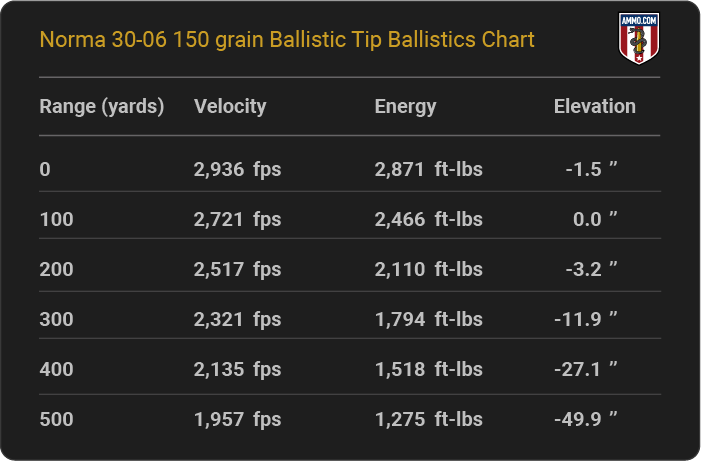
Credit: ammo.com
Safety Considerations
Understanding the 30-06 ballistics chart with a 100-yard zero is crucial for accuracy. Equally important is ensuring safe shooting practices. Prioritizing safety helps prevent accidents and ensures a positive experience.
Safe Shooting Practices
Always treat your firearm as if it is loaded. This habit prevents unintentional discharges.
- Keep your finger off the trigger until ready to shoot.
- Always point the muzzle in a safe direction.
- Be sure of your target and what lies beyond it.
Proper eye and ear protection is essential. It guards against potential injuries.
| Protection Type | Purpose |
|---|---|
| Eye Protection | Prevents eye injuries from debris |
| Ear Protection | Reduces noise damage to hearing |
Emergency Procedures
In case of an accident, knowing the right steps can save lives.
- Call emergency services immediately.
- Stop any bleeding with direct pressure.
- Keep the injured person calm and still.
Having a first aid kit on hand is crucial. It allows for quick response to injuries.
- Include bandages, antiseptic wipes, and gauze.
- Ensure you know how to use all items in the kit.
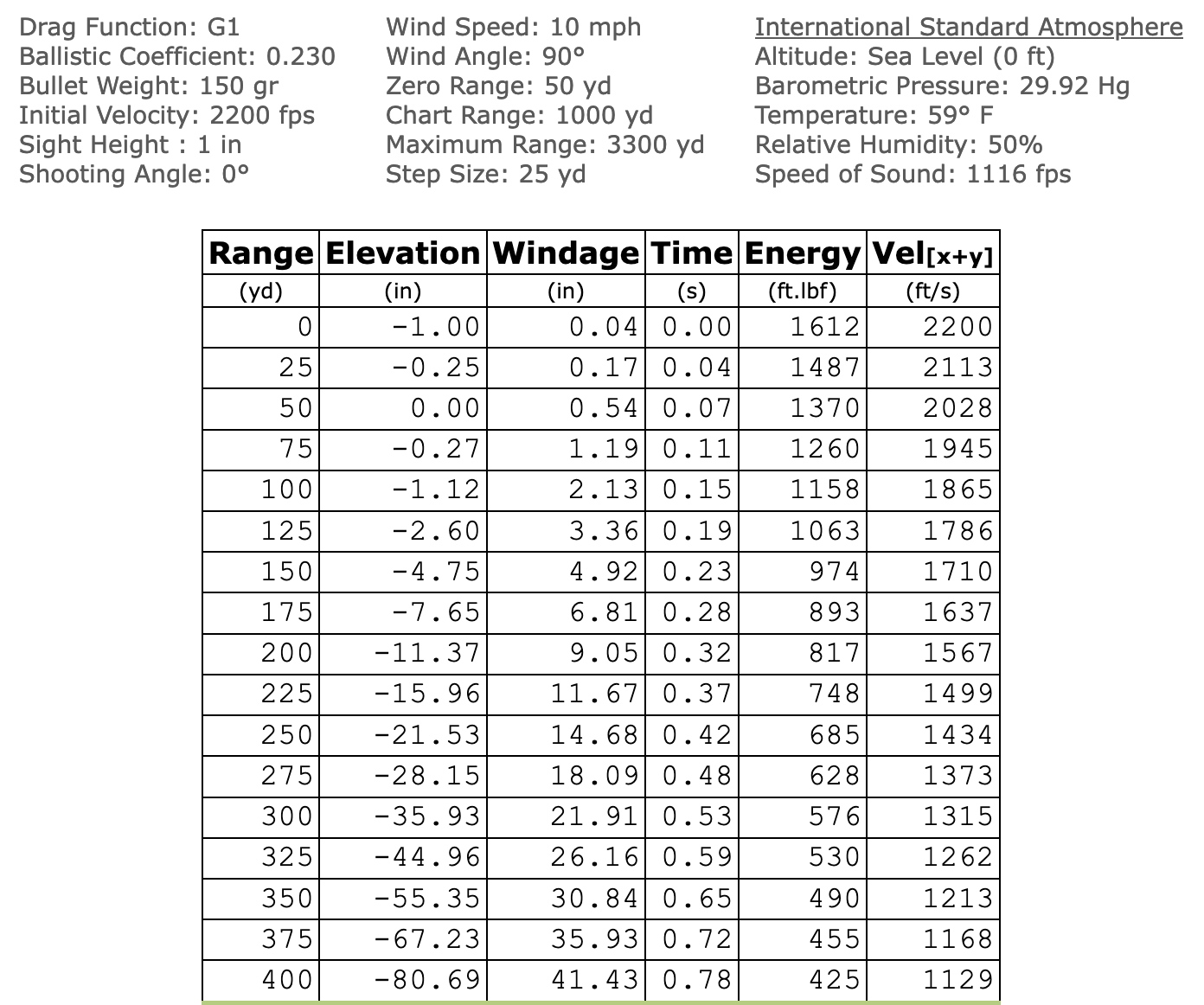
Credit: www.ronspomeroutdoors.com
Frequently Asked Questions
What Is A 30-06 Ballistics Chart?
A 30-06 ballistics chart shows the trajectory, velocity, and energy of a 30-06 round. It’s used for accurate shooting.
Why Use A 100 Yard Zero?
Using a 100 yard zero simplifies aiming adjustments. It provides a consistent reference point for various distances.
How Does 30-06 Perform At 100 Yards?
At 100 yards, a 30-06 round typically hits near the point of aim. It’s effective for medium-range shooting.
What Factors Affect 30-06 Ballistics?
Factors include bullet weight, muzzle velocity, and environmental conditions. These impact trajectory and accuracy.
Conclusion
Understanding the 30-06 ballistics chart is crucial for accurate shooting. The 100-yard zero setup helps streamline your aiming process. This guide highlights key details to help you hit your target. Consistent practice and familiarization with the chart enhance your shooting skills.
Keep this information handy for your next range trip. Happy shooting and stay safe!

